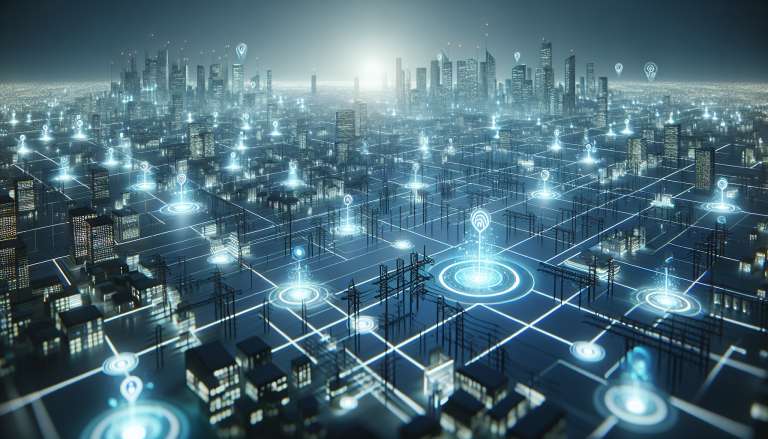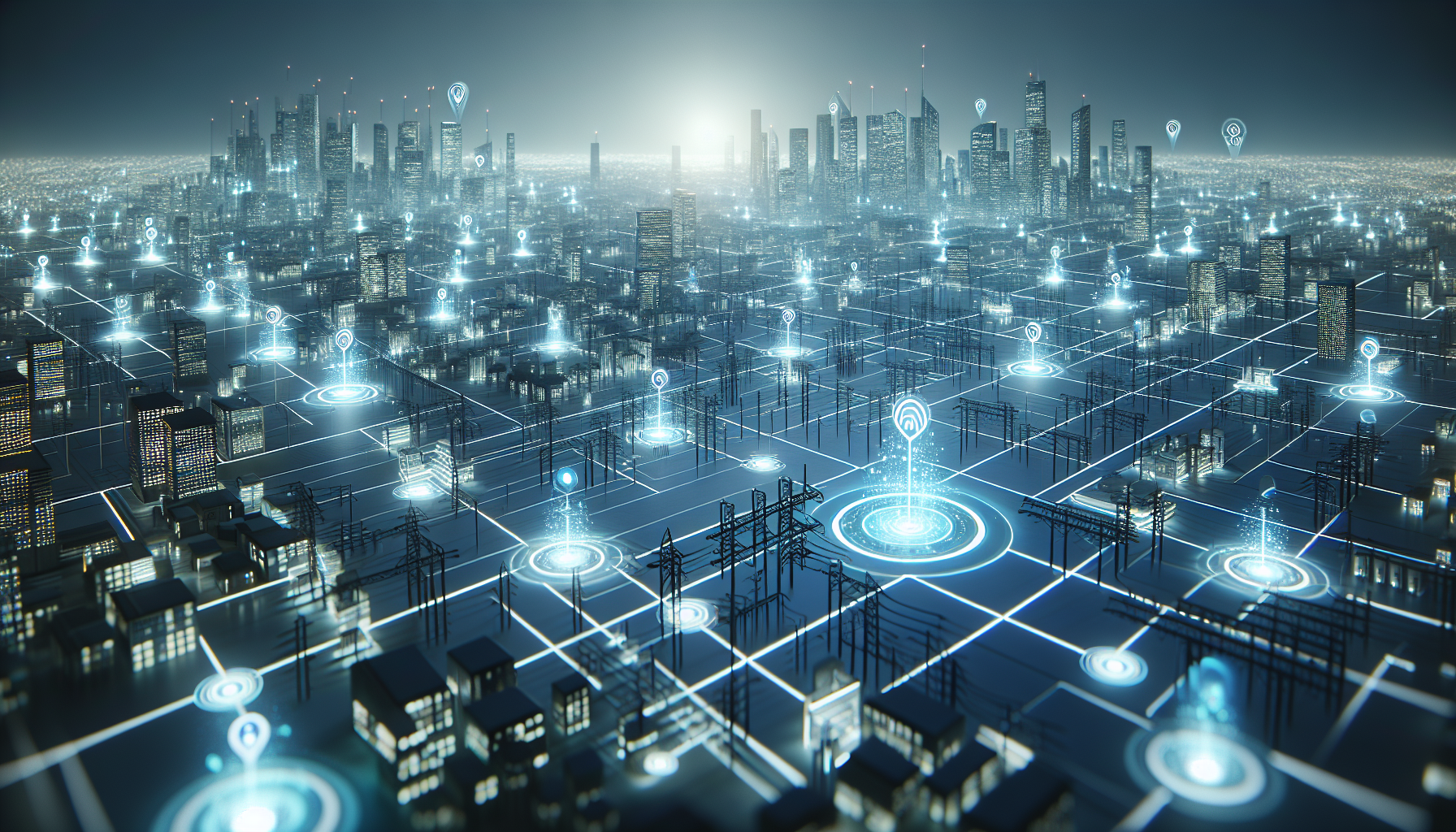IoT-Enabled Power Management: Revolutionizing Industrial Electrical Systems
In the rapidly evolving landscape of electrical engineering, IoT-enabled power management has emerged as a transformative technology that is reshaping how industrial facilities monitor, control, and optimize their electrical infrastructure. As an industrial electrical engineer with decades of experience, I’ve witnessed firsthand the remarkable potential of these intelligent systems to drive efficiency, reduce costs, and enhance operational reliability.
The Emergence of Smart Power Management
The Internet of Things (IoT) has fundamentally changed our approach to power management in industrial settings. Gone are the days of manual monitoring and reactive maintenance. Today’s IoT-enabled power solutions provide real-time insights, predictive analytics, and unprecedented control over electrical systems.
Modern industrial facilities are increasingly adopting IoT-powered technologies that allow for:
– Continuous power consumption monitoring
– Predictive maintenance capabilities
– Remote system diagnostics
– Energy efficiency optimization
– Comprehensive performance tracking
“The future of industrial electrical engineering lies not just in generating power, but in intelligently managing and understanding its consumption,” notes Dr. Robert Thompson, a leading expert in industrial automation.

Key Technologies Driving IoT Power Management
Several cutting-edge technologies are powering this revolutionary approach to electrical systems management:
1. Advanced Sensors
Sophisticated sensors embedded throughout electrical infrastructure collect granular data on voltage, current, temperature, and other critical parameters. These sensors communicate instantaneously, creating a comprehensive digital ecosystem of power management.
2. Cloud-Based Analytics
Powerful cloud platforms process massive amounts of sensor data, generating actionable insights. Machine learning algorithms can predict potential failures, recommend optimization strategies, and identify energy-saving opportunities with remarkable accuracy.
3. Edge Computing
By processing data closer to the source, edge computing reduces latency and enables faster decision-making. This technology allows industrial systems to respond to power fluctuations in milliseconds, ensuring consistent performance and reducing potential downtime.
Benefits of IoT-Enabled Power Management
The advantages of implementing IoT technologies in electrical systems are profound:
Energy Efficiency
Real-time monitoring enables precise energy consumption tracking, helping organizations identify and eliminate waste. Intelligent systems can automatically adjust power distribution, reducing unnecessary consumption.
Predictive Maintenance
By continuously analyzing system performance, IoT platforms can forecast potential equipment failures before they occur. This approach dramatically reduces unexpected downtime and extends the lifecycle of expensive electrical infrastructure.
Cost Reduction
Comprehensive data analysis allows for strategic investments in power infrastructure. Organizations can make informed decisions about equipment upgrades, replacement schedules, and energy optimization strategies.
Implementation Challenges and Considerations
While IoT-enabled power management offers tremendous benefits, successful implementation requires careful planning:
– Robust cybersecurity protocols
– Compatible legacy system integration
– Comprehensive staff training
– Scalable infrastructure design
– Ongoing technological adaptation
“Successful IoT implementation is not about technology alone, but about creating a holistic ecosystem of intelligent management,” emphasizes Maria Rodriguez, Chief Technology Officer at Global Power Solutions.
Future Outlook
The trajectory of IoT in electrical engineering points toward increasingly sophisticated, autonomous systems. We can expect:
– More advanced predictive algorithms
– Enhanced machine learning capabilities
– Greater integration with renewable energy sources
– More granular power management techniques
Emerging technologies like 5G networks and advanced artificial intelligence will further accelerate the evolution of IoT-powered electrical systems, creating unprecedented opportunities for efficiency and innovation.
Conclusion
IoT-enabled power management represents a paradigm shift in industrial electrical engineering. By transforming traditional power systems into intelligent, responsive networks, organizations can achieve unprecedented levels of efficiency, reliability, and performance.
As electrical engineers, our role is no longer just about designing and maintaining electrical infrastructure—it’s about creating intelligent, adaptive systems that can think, learn, and optimize themselves in real-time.
The future of electrical engineering is smart, connected, and brimming with potential. Those who embrace these technologies today will be the innovators driving industrial progress tomorrow.

